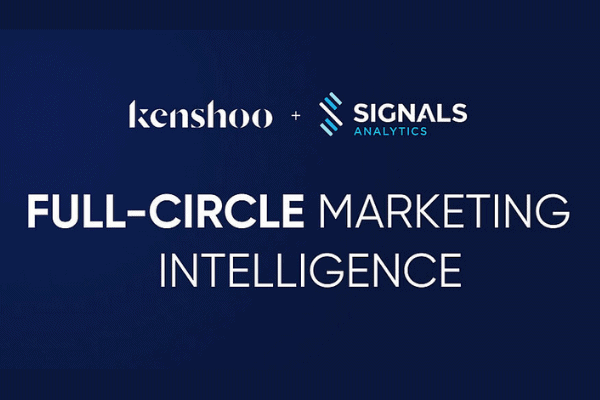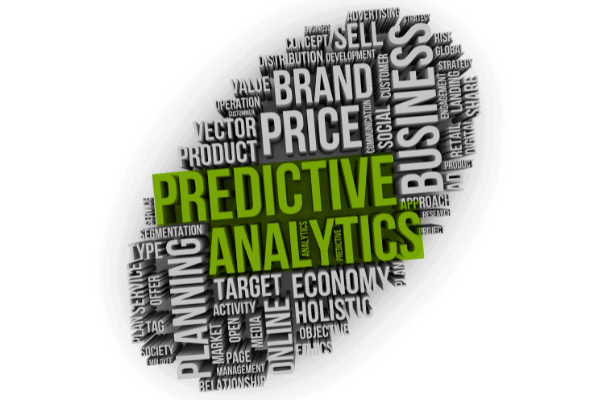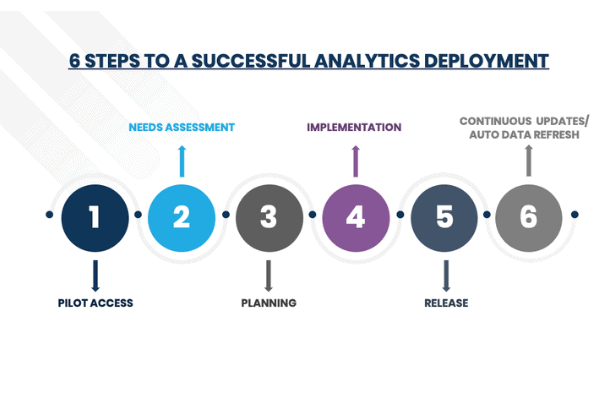
Marketers spend much of the day monitoring marketing campaigns and outcomes, fine-tuning our strategies and tactics along the way. Marketing organizations look at pipeline, conversion, and lead generation, diving into any and all analytics that can offer profound insight into customer preferences and trends. For all of it though, we may know “what” is happening, but usually not “why.”
Focusing on the Why of Marketing and Analytics
The “why” is the other major thing marketers spend time on — understanding customer needs and how they buy. Marketers must aim to bring this knowledge to the organization to help drive product design, optimize product mix, and establish partner strategies, messaging, go-to-market, content sharing, and other strategic and tactical oriented perspectives. The more data-driven the marketing organization is in this area, the more impact it will have on the business.
This discussion on “why” brings to mind Simon Sinek’s famous Golden Circle. But how can it be applied to the marketing world and what tools are needed to make this happen? Sinek’s premise is that once a business has clarity on why they exist, how they do it, and what they do, it becomes easier to communicate. According to Sinek, putting the “why” you exist in the marketing message will motivate customers to do business with you because they will be attracted to your vision.
Applying this logic to the world of marketing, not understanding “why” customers buy and what customers really want, is tantamount to shooting in the dark with serious consequences. Plenty of studies show that customers buy on emotion, not on logic. Price is not necessarily the primary driver, even in a time of pandemic and recession.
In the consumer world, the last few years have demonstrated serious hardships for legacy and retail brands that try to rest on their laurels with existing distribution channels, larger share of shelf, more brand awareness, and often times better pricing. Yet, more than 90% of them lose market share to private labels and startups that are nimbler and more in tune with what their customers want.
Understanding the “why” in marketing helps to think analytically and critically for how to approach a campaign. It acts as a check on making assumptions that may be incorrect. It provides in-depth knowledge of the type of person buying the product and what they view as its benefit relative to the competition. You can grasp the buying journey from the customer’s point of view, what their decision-making process is, and what influences that. Looking at why a campaign was successful yields more insights than just saying it exceeded expectations. It also helps frame future opportunities.
When you know “why,” you can let your customers know it through your communications and tactics. You can tap into their sub-conscience (where most purchasing decisions are made) and also reach them in a more emotional way.
But how do we get there?
Enter advanced analytics techniques for the marketer. Despite the fact that marketers spend a significant amount of time and resources on analytics already, leveraging the $2B marketing analytics software market, many still feel like they are staring into a gaping hole. Market intelligence platforms are typically limited to social analytics based on predetermined keywords. Search engines will surface competitor press releases and community-generated databases of company ratings and management reviews. A separate search yields signals of innovation, patent filings, and other business updates. HubSpot, Salesforce, and other tools give you an indication of your marketing performance.
Advanced marketing and analytics ties this all together. Connecting disparate and disconnected unstructured and structured data sets with new developments in Natural Language Processing and AI will extract context and surface real consumer sentiment, trends, and predictive insights that can inform your marketing.
A groundbreaking capability called product clustering analyzes the performance of products that may have different names but are in fact the same, which allows you to connect the dots in ways that were not previously possible.
The Benefits of Leveraging Advanced Analytics Techniques
When it comes time to define campaigns and online strategies, advanced analytics ensures better outcomes. Consider actionable intelligence that allows you to:
Boost discoverability with market basket intelligence combined with category share data and find upsell opportunities that increase impressions of your advertised assortment. For example, COVID-19 is pushing immune health as a number one priority for consumers. Analytic models like the below can surface the brands pursuing immune health in their product messaging. By connecting product claims, consumer discussion volume, and consumer sentiment in one view, brands are able to gain a more holistic view of their consumer and market.

Designate holistic and realistic campaign KPIs within a competitor landscape to set benchmarks. This is done by collecting and classifying a myriad of data sets and analyzing how benefits are actually perceived by looking at keyword usage, social media awareness, mentions, product reviews, sales volume, averages of consumer satisfaction, sentiment, and needs.

Gain early detection of seasonal or event-based search trends at your retailers so you can adjust your ad spend towards maximizing opportunity and reducing waste. This is done by comparing brand performance by channel (e.g., Amazon, Walmart, Target, Sephora, Ulta Beauty and more, as well as higher-funnel touchpoints like social media, search engines, and content publishers), according to consumer awareness, customer satisfaction and alignment of consumer needs against product availability.

Putting this into action works best when applying these insights to a marketing activation platform, like Kenshoo, to carry through the planning process all the way to execution and measurement to help anticipate your next move.
Applying external data-driven insights will ensure that the business side is connected to the marketing activities, driving efficiency and clarity to the enterprise as a whole. Marketing investments will be supported throughout the entire customer journey and business decisions will no longer be made on guesswork. It all starts with asking “why.”
————————————–
*This blog post originally appeared on Signals-Analytics.com. Kenshoo acquired Signals-Analytics in December 2020. Read the press release.





